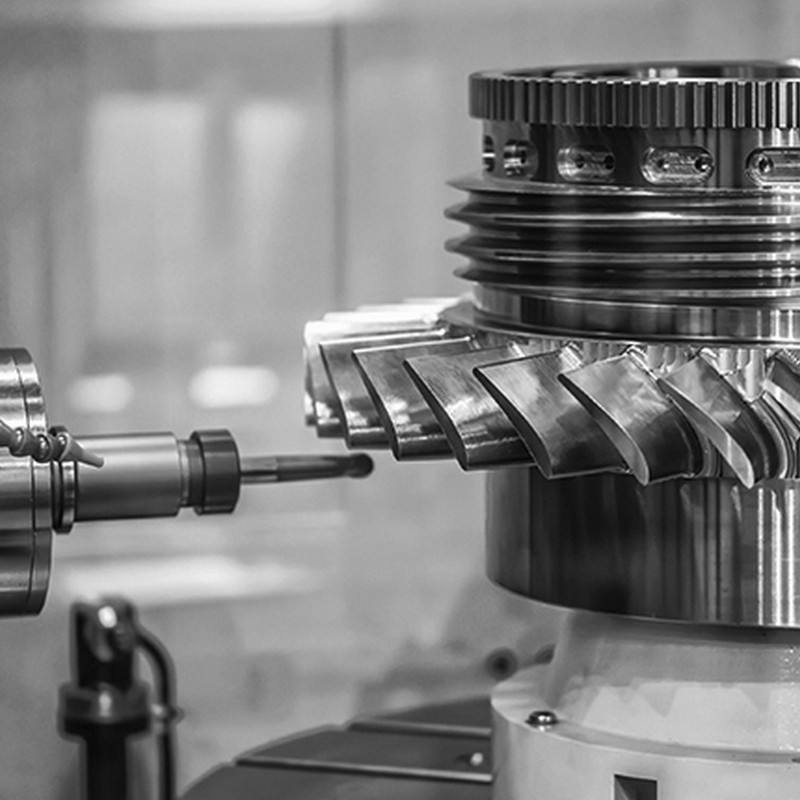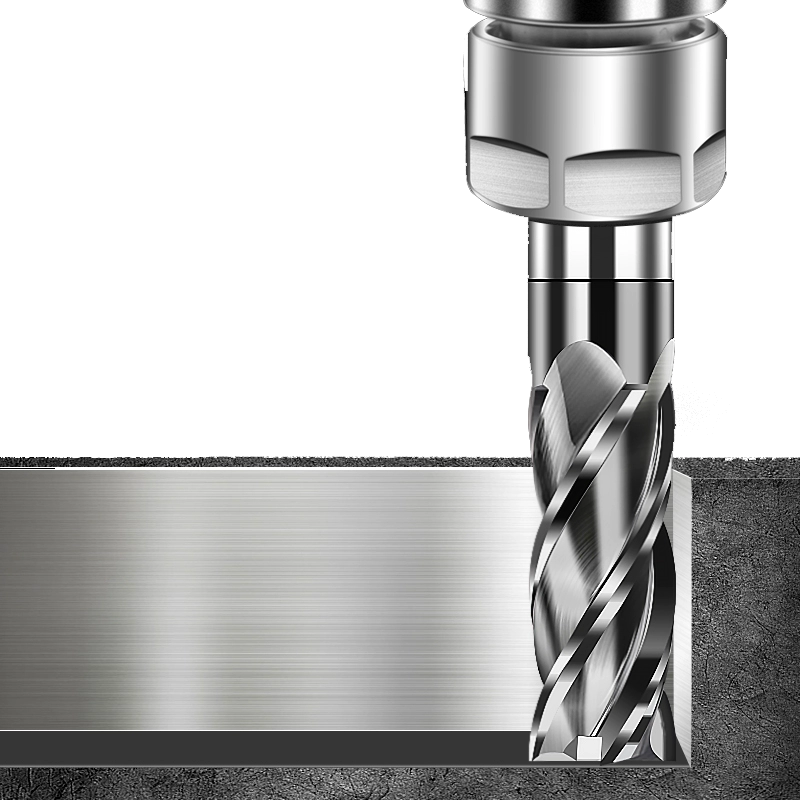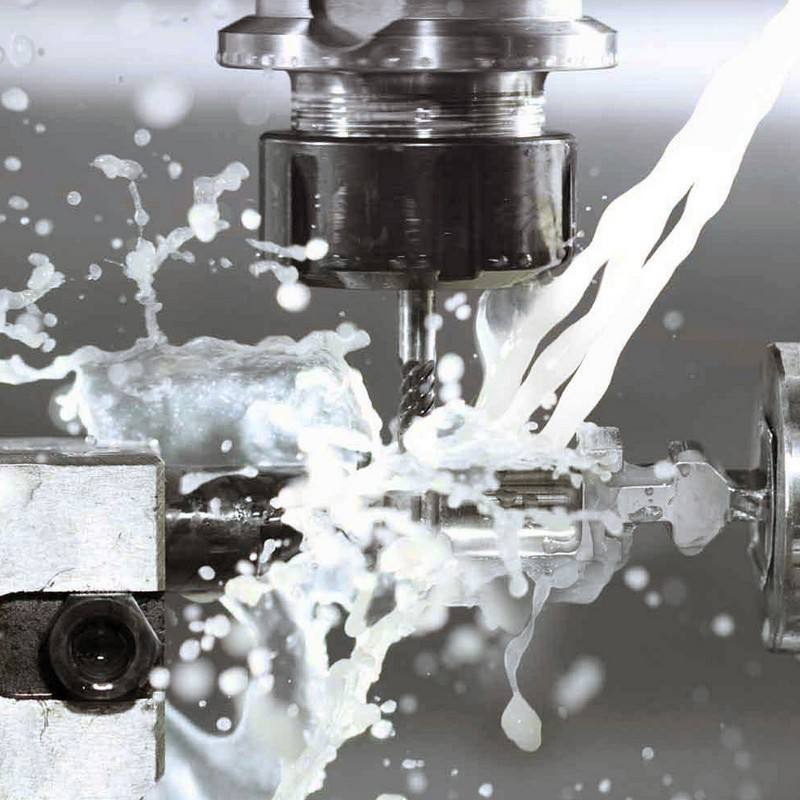In the manufacturing industry, end mills are indispensable cutting tools that play a crucial role in the processing of materials such as metals, wood, and other substances. However, choosing the right end mill for specific machining needs is not always an easy decision. This article provides practical advice on how to select the appropriate end mill to better meet your machining tasks. This involves considering factors like material type, the nature of the cutting tasks, tool material and coatings, tool geometry, machine tools and machining conditions, as well as your budget.
Consider the Material Type
Different materials have varying requirements for end mills. Metals typically demand more robust and wear-resistant tools like carbide end mills, as metals are generally harder. For non-metal materials like plastics and wood, high-speed steel end mills may be more suitable, as they provide better cutting performance. When selecting a tool, also take into account the material’s hardness, toughness, and thermal conductivity. Different types of metal alloys, such as stainless steel, aluminum, and steel, may require different end mills due to their varying material properties.
Cutting Tasks

The nature of the cutting tasks will influence your choice of end mill. For instance, face milling requires a different type of tool compared to slotting or drilling. Clearly defining your specific cutting tasks, including the required cutting type and dimensions, will help you select the appropriate tool. This ensures that your cutting tasks are performed efficiently and accurately.
Material and Coatings
The material and coatings of end mills significantly impact cutting performance. For instance, cobalt tungsten carbide end mills are commonly used for machining high-hardness materials, while coated tools can provide better lubrication and wear resistance. Choose end mills with the right materials and coatings to meet your machining requirements and enhance cutting efficiency and tool lifespan.
Tool Geometry
Tool geometry is another crucial factor. Parameters like corner radius, rake angle, and tool length affect the precision and efficiency of the cutting process. Ensure that the chosen tool possesses the appropriate geometry to meet your specific machining requirements.
Machine Tools and Machining Conditions
Machine tools and machining conditions are of paramount importance for tool selection. Different machine tools may require specific types or sizes of end mills, necessitating coordination with machine tool manufacturers to ensure tool compatibility. Additionally, machining speeds, feed rates, and cutting depths will affect tool selection, as they impact cutting loads and heat management.
Budget

Lastly, budget is a vital consideration. Different types of end mills come at varying costs. It’s essential to choose options within your budget constraints. Additionally, consider tool performance and lifespan to ensure you get the best value for your investment.
In summary, selecting the right end mill requires comprehensive consideration of multiple factors, including material type, cutting tasks, material and coatings, tool geometry, machine tools and machining conditions, as well as budget. Collaborating with suppliers, seeking expert advice, and gaining a thorough understanding of your specific requirements will help ensure you choose the most suitable end mill to enhance machining efficiency and quality.

